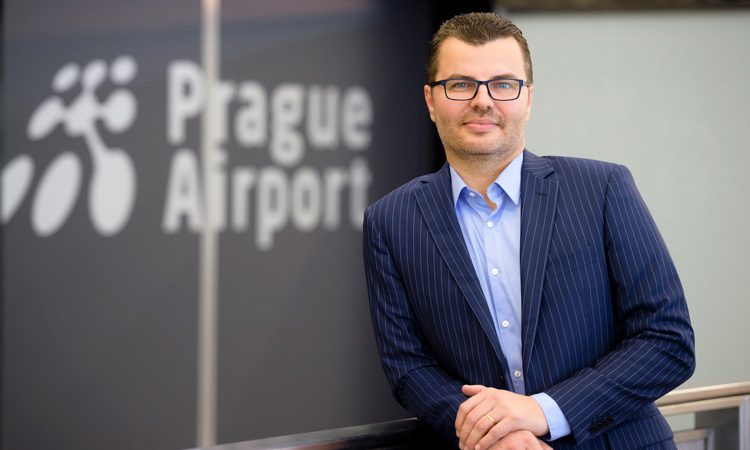Prague Airport: A journey towards more than just a modern airport
- Like
- Digg
- Del
- Tumblr
- VKontakte
- Buffer
- Love This
- Odnoklassniki
- Meneame
- Blogger
- Amazon
- Yahoo Mail
- Gmail
- AOL
- Newsvine
- HackerNews
- Evernote
- MySpace
- Mail.ru
- Viadeo
- Line
- Comments
- Yummly
- SMS
- Viber
- Telegram
- Subscribe
- Skype
- Facebook Messenger
- Kakao
- LiveJournal
- Yammer
- Edgar
- Fintel
- Mix
- Instapaper
- Copy Link
Posted: 16 August 2019 | Vaclav Rehor (Prague Airport) | No comments yet
Vaclav Rehor, CEO of Prague Airport, details how although the airport’s increased number of passengers is of course a positive development, it does have its drawbacks – a double-edged sword that is affecting airports across the world.


Prague Airport has shown a record increase in the number of passengers for the last four years, and it is expected to exceed 17.5 million at the end of 2019. This is above optimistic expectations; based on previous forecasts, Prague Airport was estimated to reach 17 million passengers in 2022.
In fact, Prague Airport is actually moving beyond the limits of its operational capacity sooner than expected. Further increases in passenger numbers will be possible in the coming years, however, it will be at the cost of passenger comfort. Unless the airport quickly starts implementing its development plans, this growth may altogether stop in the future. Prague Airport is certainly not the only airport in this predicament.
Prague Airport has shown a record increase in the number of passengers for the last four years, and it is expected to exceed 17.5 million at the end of 2019. This is above optimistic expectations; based on previous forecasts, Prague Airport was estimated to reach 17 million passengers in 2022.
In fact, Prague Airport is actually moving beyond the limits of its operational capacity sooner than expected. Further increases in passenger numbers will be possible in the coming years, however, it will be at the cost of passenger comfort. Unless the airport quickly starts implementing its development plans, this growth may altogether stop in the future. Prague Airport is certainly not the only airport in this predicament.
Construction to expand the airport is a necessary solution in the medium-term, but a short-term focus on modern technology can help greatly. At the same time, it is essential that both building works and technological developments go hand in hand. If the building development is to be purposeful and new infrastructure functional in several decades, it is necessary to anticipate the use of modern technologies that will be up to date at that time. This perspective is at the heart of our PRGAirportLab initiative that we developed approximately two years ago.
Within this, we monitor new trends in the development of airport technology, evaluate their utilisation and implement selected projects. Examples include biometrics, virtual reality, smart parking, virtual taxis, holograms and robots. Currently, we plan to focus Prague Airport’s technological developments in five areas: Customer experience, future mobility, future security, seamless journeys and virtual shopping.
For the time being, PRGAirportLab is an internal project, but in the future we would like to involve external entities, be it different start-ups, development centres, technology leaders or university experts who will not only help us change our perspective on airport development in the spirit of digitisation and automation, but present new ideas using modern technologies.
PRGAirportLab is currently participating in the design study of a new Terminal 2, the construction of which is targeted to start in 2023, and in the functionality of a new multi-storey car park. At the same time, we have begun working on a whole range of specific projects that will function independently of the construction development aimed at expanding the airport. They include, for example, the monitoring of passenger flow to ensure greater comfort to travellers as they move through the airport; facial recognition, which among other things will help the check-in process; and a new mobility model in which we would include autonomous vehicles to provide transportation between airport facilities.
We introduce new technologies efficiently in terms of return on the investment. Before we fully commission individual technologies, we test them at the airport, either by lending them or leasing them on a short-term basis, or by analysing their operation at other airports. The process of introducing operationally-viable technologies may seem like we are entering unknown waters, but it is a direction that all airports must take if they want to ensure future success in the growing air transport market.
Issue
Related topics
Airport construction and design, Augmented reality (AR)/ Virtual reality (VR), Capacity, Passenger experience and seamless travel, Passenger volumes, Terminal operations


















